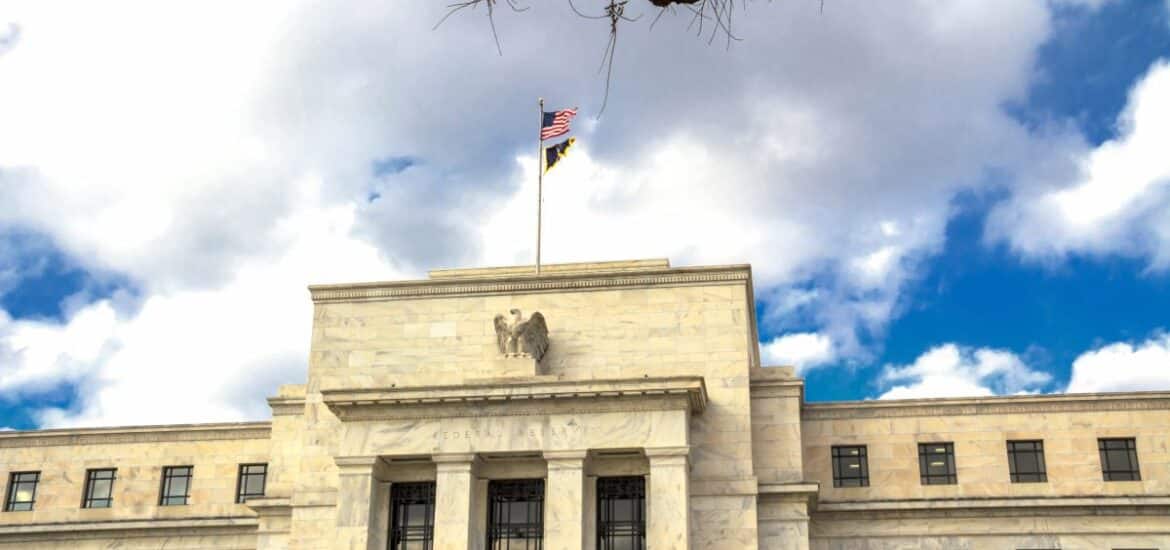In a recent interview, Federal Reserve Chair Jerome Powell affirmed the central bank’s commitment to a series of interest rate cuts this year. Powell’s statements, featured on “60 Minutes,” shed light on the Federal Reserve’s strategy amid a backdrop of a healthy economy and a slowing inflation rate.
Federal Reserve’s Rate Cut Projection
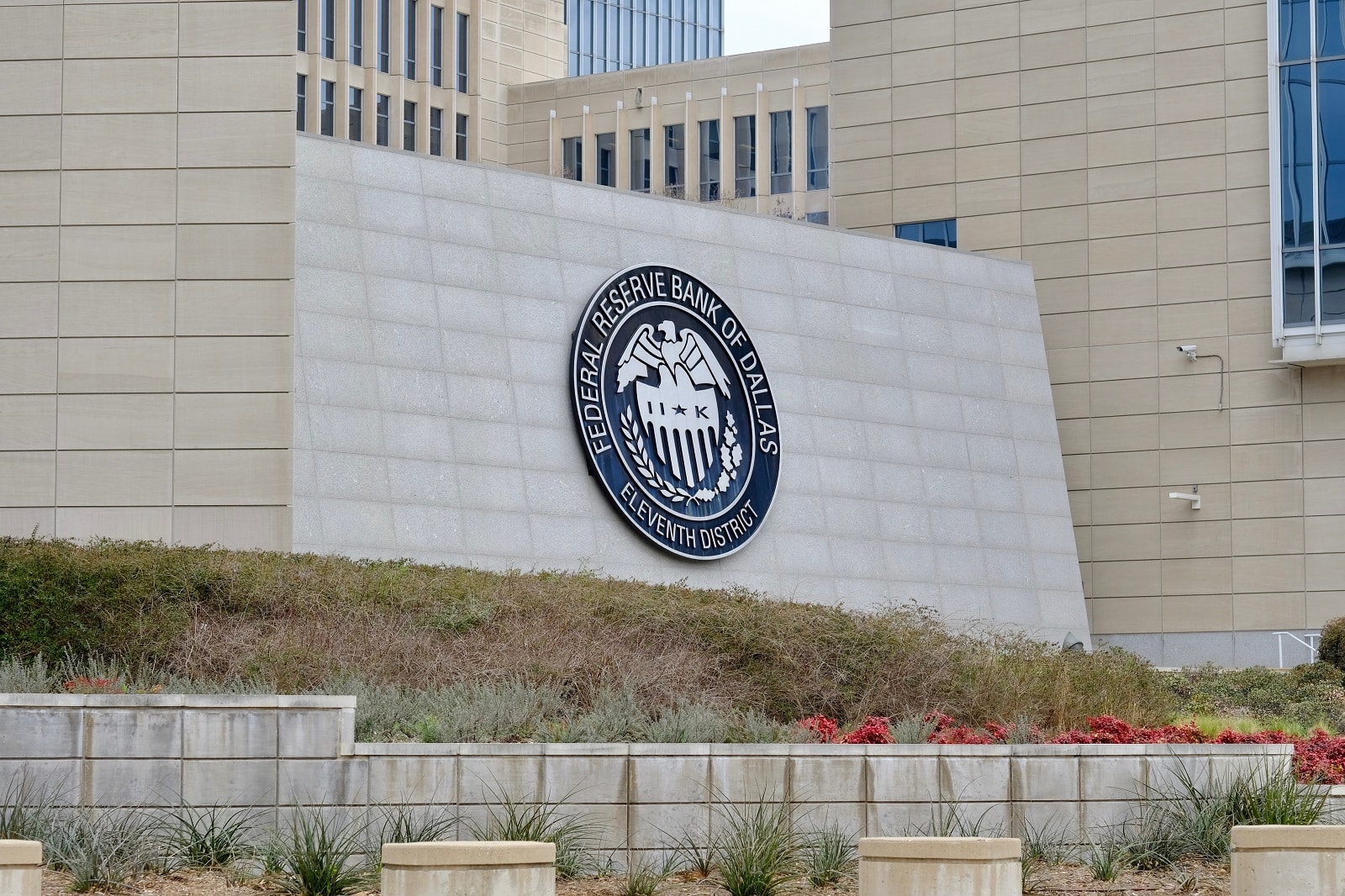
In December, the Federal Reserve hinted at the possibility of three rate cuts in 2024, with the aim of lowering their benchmark rate to approximately 4.6% by the end of the year.
Timeline for Rate Cuts

Powell told 60 Minutes that this forecast is still in play and that it’s anticipated to begin in May. Despite concerns about inflation, Powell remained optimistic about the nation’s job market and overall economic condition, dispelling any immediate recessionary fears.
Powell’s Positive Outlook

“I do think the economy is in a good place,” Powell said during the interview, emphasizing that he believes there is ample room for improvement.
Inflation Trends
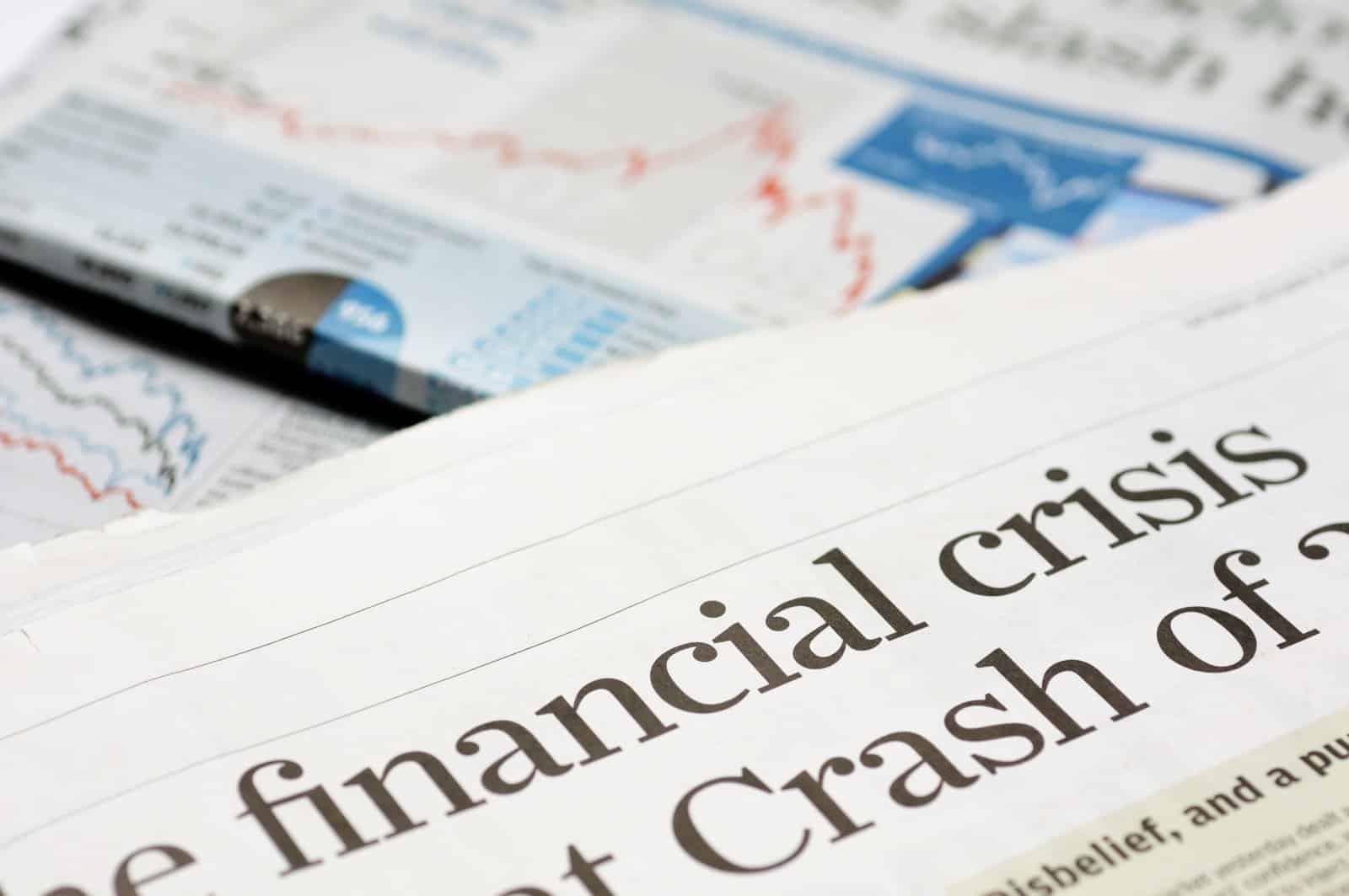
Comparing December 2023 to the same month in 2022, inflation dropped significantly to 2.6%. In addition, inflation declined significantly from its peak of 7.1% in the summer of 2022 to an annual pace of just 2% in the second half of 2023, in line with the Fed’s target.
A Consensus on Rate Cuts

Powell emphasized this downward trend in inflation, highlighting that a majority of the 19 members of the Fed’s policy-setting committee have reached a consensus on implementing rate cuts this year.
This anticipated reduction in the central bank’s key rate is expected to alleviate borrowing costs for credit cards, mortgages, auto loans, and other consumer and commercial borrowings.
In Defense of Current Interest Rate
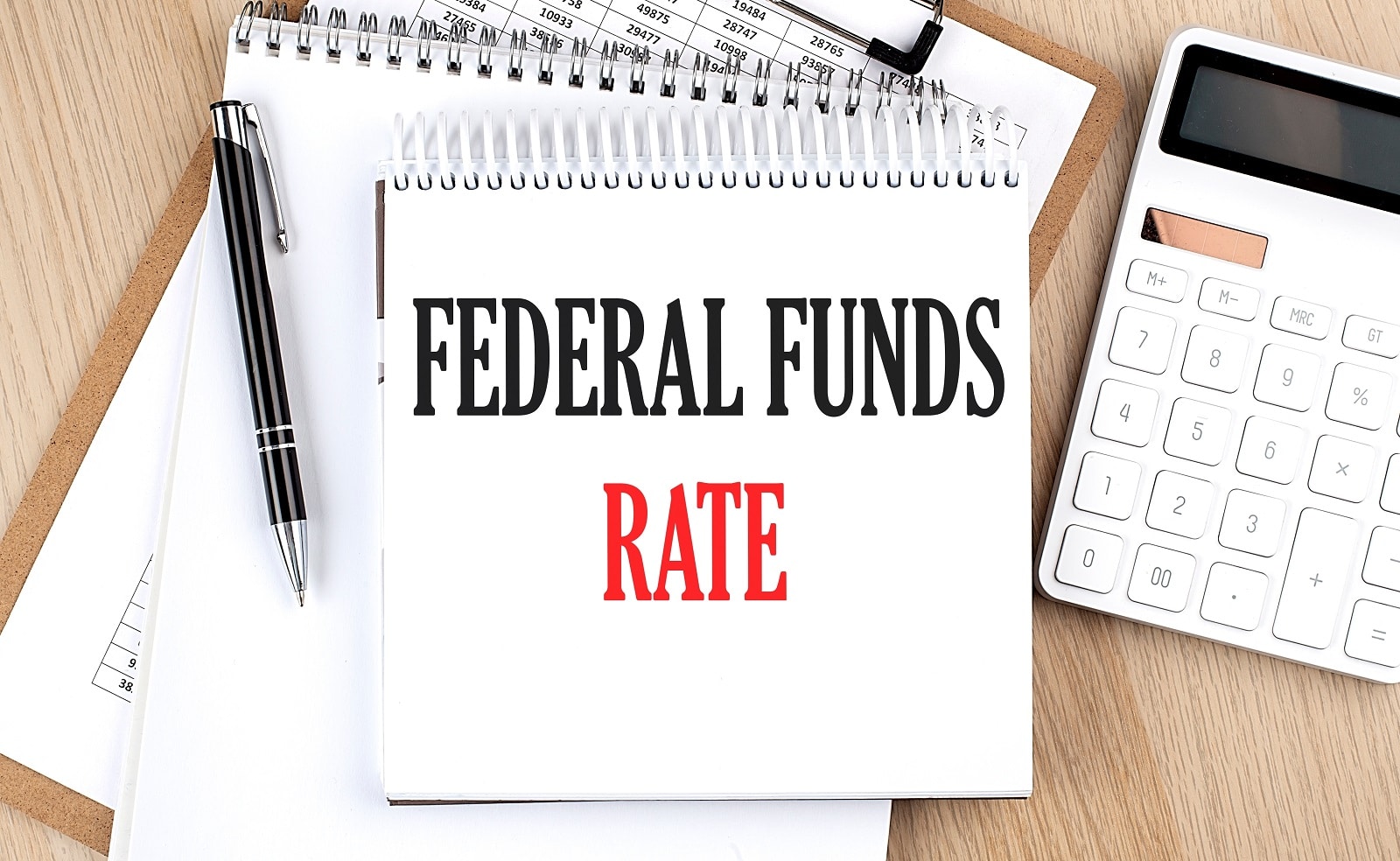
Powell later defended the Federal Reserve’s choice to keep its benchmark interest rate at roughly 5.4%, which is a 22-year high, in order to fight inflation.
Eleven rate increases by the central bank since March 2022 have raised borrowing rates for both consumers and companies.
The Timing of Rate Cuts

Powell stated that the central bank’s upcoming meeting in March would not be the best moment to implement any rate decreases. Rather, economists predict that the first rate cut will happen later, perhaps in May or June.
Hesitancy in Rate Hikes

Powell said that the Fed had been hesitant to raise its benchmark rate because the institution had miscalculated how long inflationary pressures would last.
In the end, this cautious strategy – which occasionally helps reduce borrowing and spending – proved insufficient to alleviate inflationary pressures.
Hindsight Is 20/20

The Fed didn’t start hiking rates until March 2022, even though inflation started to spike in mid-2021, with Powell now recognizing that “In hindsight, it would’ve been better to have tightened policy earlier.”
Impact of the Pandemic on Inflation

Powell linked the pandemic’s effects, including a change in consumer spending from services to commodities like home office supplies and exercise equipment, to the spike in inflation in 2021–2022.
Supply Chain Disruptions
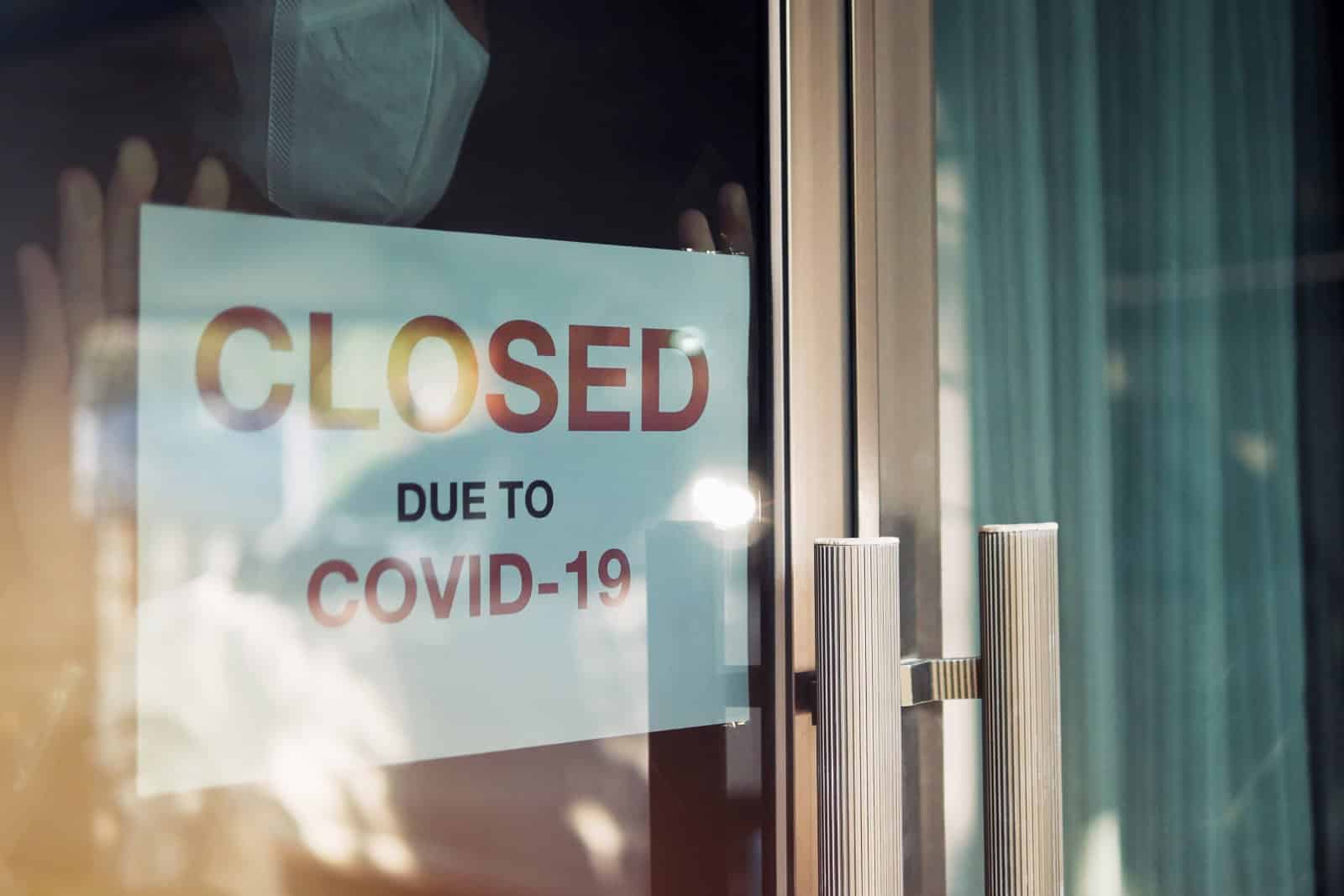
He added that COVID-related manufacturing slowdowns or closures around the world seriously disrupted supply chains, leading to widespread shortages of products and parts and escalating inflation.
Criteria for Rate Cuts
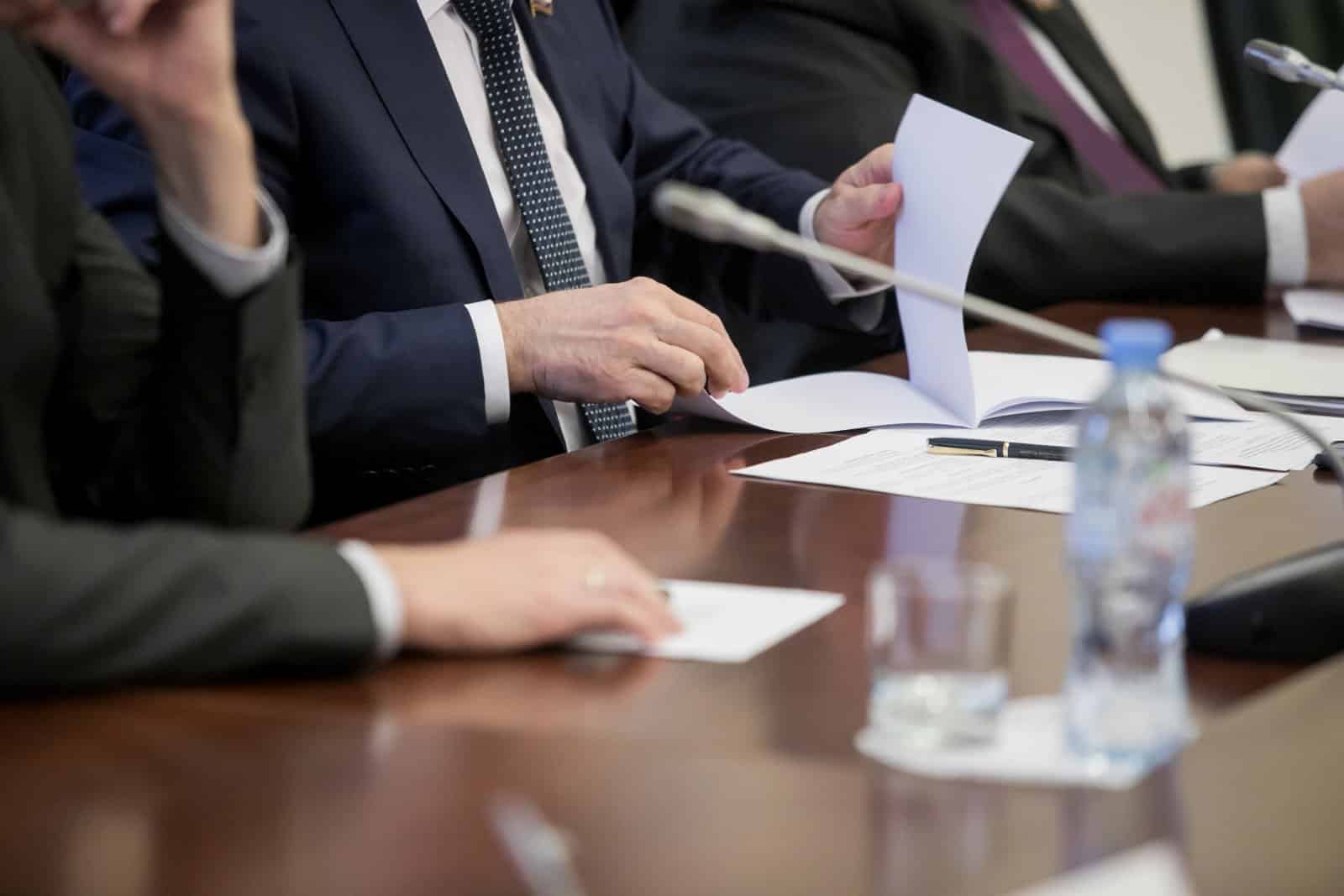
While Powell stood by his assertion that the Fed would cut rates substantially this year, he clarified that banks would want to see evidence that inflation is under control before implementing rate cuts.
He emphasized that the Fed is not seeking “better data” but “a continuation of the good data that we’ve been getting.”
Political Independence

Powell also addressed concerns about the Fed’s independence from political influence, emphasizing, “We do not consider politics in our decisions. We never do. And we never will.”
Focusing on Economic Goals

He reiterated that the Fed’s focus was on achieving its goals of maximum employment and price stability, irrespective of political considerations.
A Cautious Approach

Despite acknowledging the strength of the U.S. economy and the slowdown in inflation, Powell and the Federal Reserve remain cautious.
Powell highlighted the unexpected surge in job growth in December, an indication of businesses’ confidence in the economy.
Board Member’s Perspective
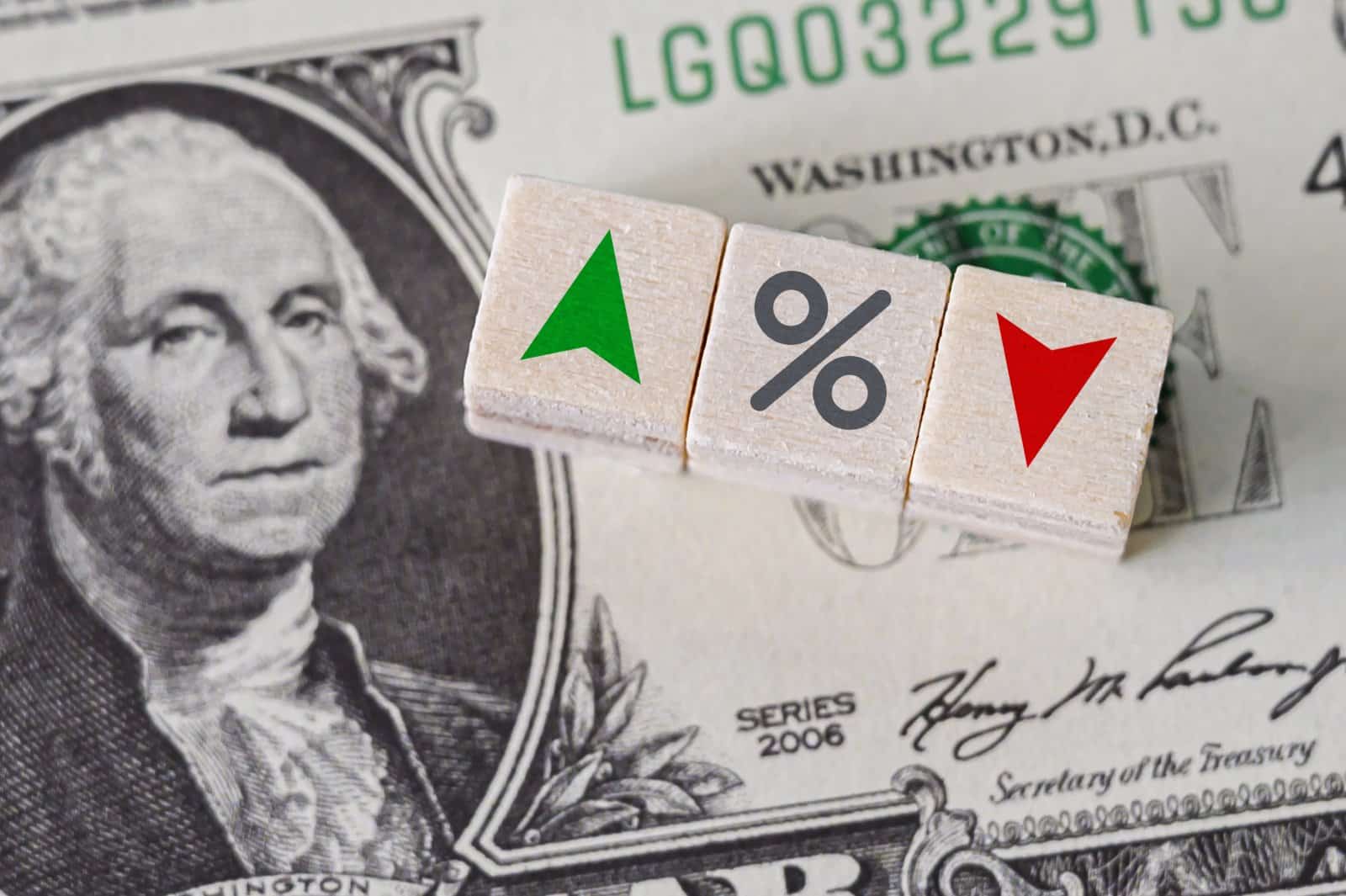
Michelle Bowman, a member of the Fed’s Board of Governors, echoed the sentiment, emphasizing that rate cuts would be considered once it was evident that inflation was under control.
Critical Months Ahead

The coming months are poised to be critical as the Federal Reserve navigates the challenges of sustaining a robust economy amid global uncertainties.
Powell’s remarks highlight the delicate balance economists are battling between fostering economic growth and addressing inflation concerns.
Global Uncertainties
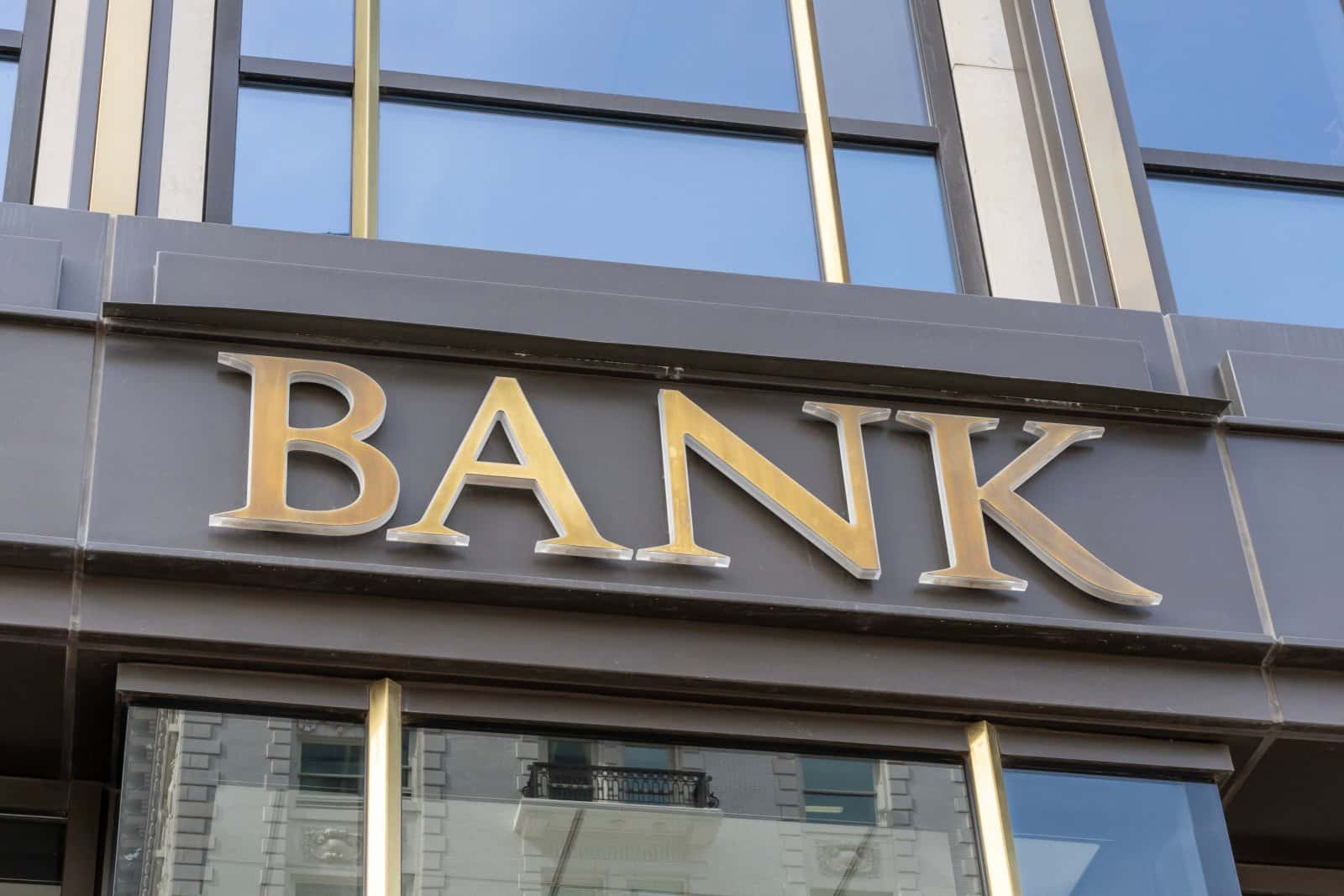
The central bank’s cautious approach reflects its commitment to maintaining stability while adapting to evolving economic conditions.
21 States Where Squatters Can Legally Claim Your Property

Discover how squatters’ rights, or adverse possession, are more than just legal jargon—they’re stories of unexpected twists in the world of real estate. From sunny California to the historical landscapes of Pennsylvania, here’s how these laws could turn the tables on homeowners and squatters alike. 21 States Where Squatters Can Legally Claim Your Property
14 Things That Are Banned in the U.S. but Totally Fine Elsewhere

Ever feel like America’s rulebook was written by someone with a dartboard? Across the pond or down under, things get even wackier. Let’s take a walk on the wild side of global “Do’s” that are definite “Don’ts” in the Land of the Free. 14 Things That Are Banned in the U.S. but Totally Fine Elsewhere
25 American States Nobody Wants to Visit Anymore

Across the United States, some states capture the hearts and itineraries of many, while others remain quietly on the sidelines, overshadowed or misunderstood. These 25 states, facing what you might call a popularity crisis, are brimming with hidden wonders, cultural riches, and natural beauty, awaiting those willing to look beyond the usual tourist trails. 25 American States Nobody Wants to Visit Anymore
20 Foods That Are Cheaper to Eat Out Than Making at Home

In a world where convenience often wins, certain culinary delights come with a lower price tag when enjoyed at a restaurant rather than crafted in your own kitchen. Here are twenty foods that might save you both time and money when indulged in at your favorite eatery. 20 Foods That Are Cheaper to Eat out Than Making at Home
17 Things You’re Paying For, but You Don’t Have To

In the land of the free, there’s a price tag on everything, but savvy Americans know better than to open their wallets for just anything. Here are 17 expenses you’ve been shelling out for without realizing there’s a cheaper or even free alternative. 17 Things You’re Paying For, but You Don’t Have To
The post Fed Chair Points to Interest Rate Reductions Despite Inflation Concerns first appeared on From Frugal to Free.
Featured Image Credit: Shutterstock / MDart10.
The content of this article is for informational purposes only and does not constitute or replace professional financial advice.
